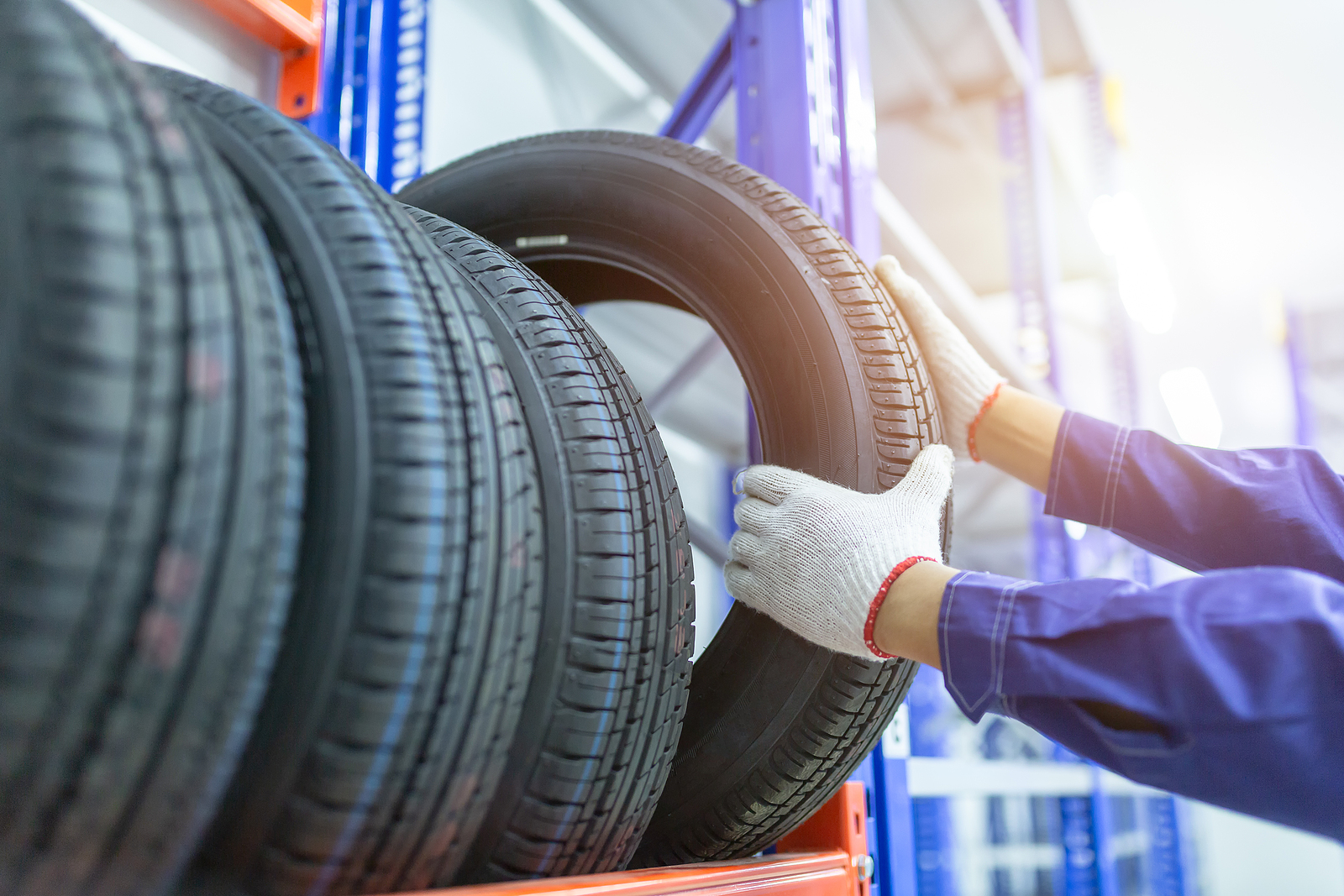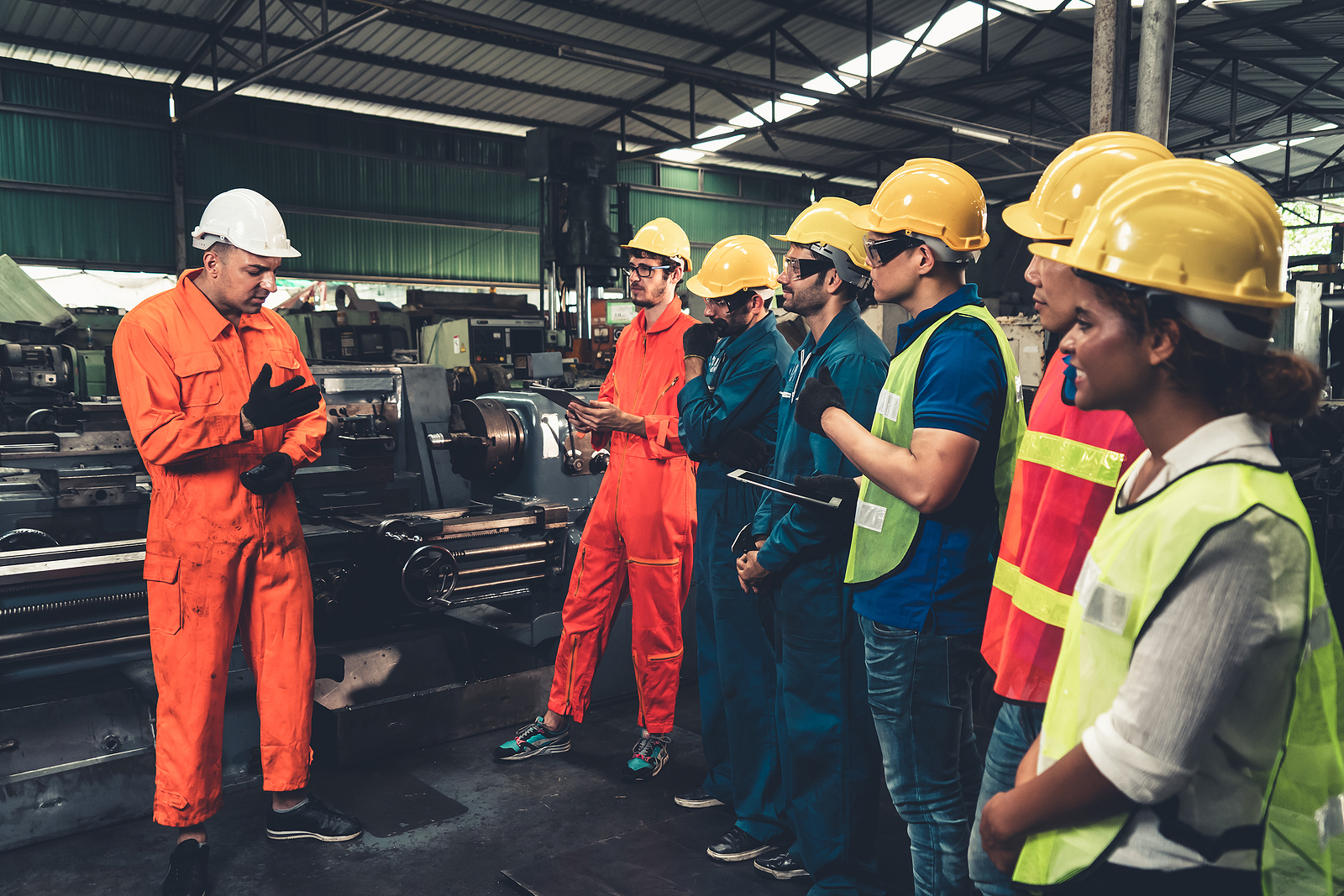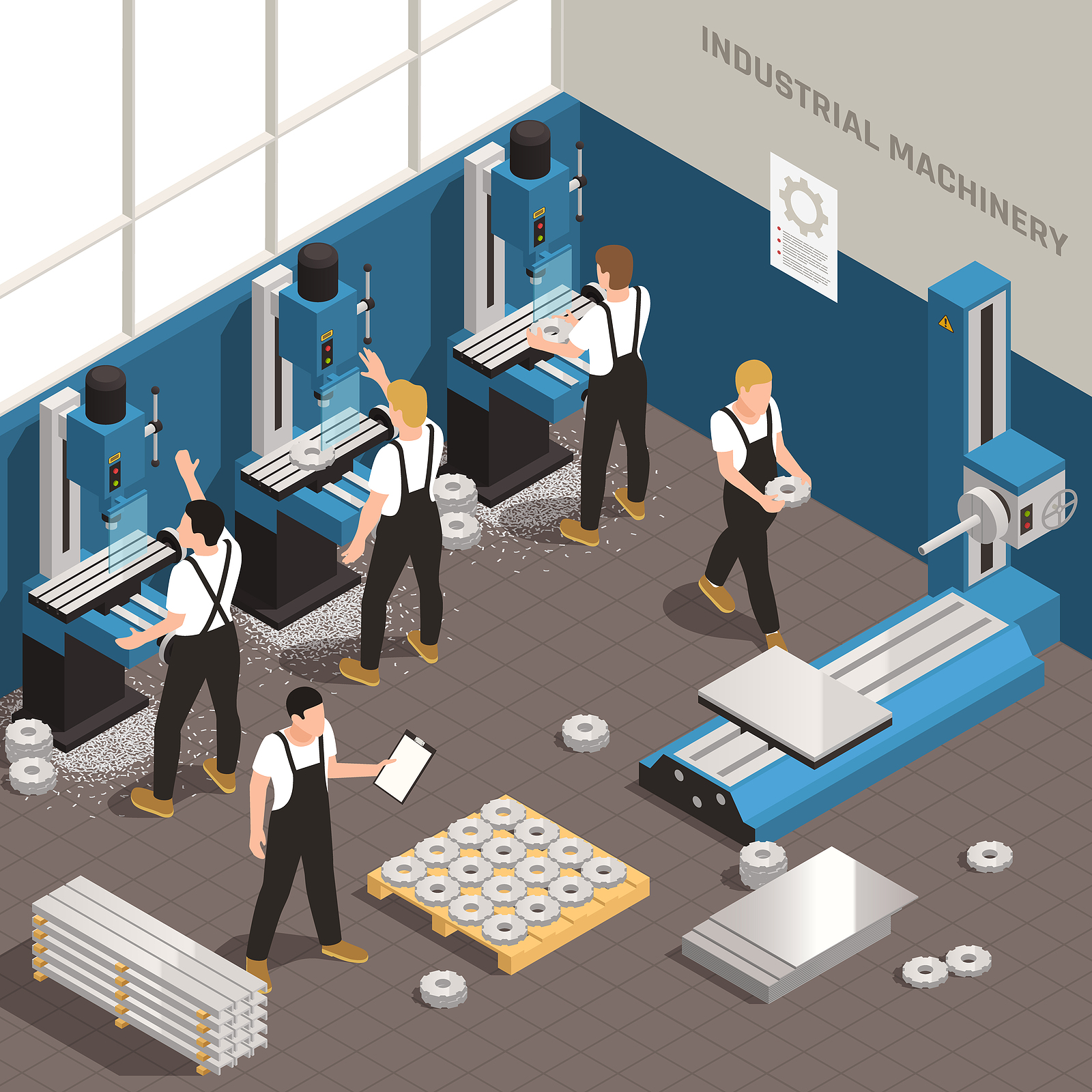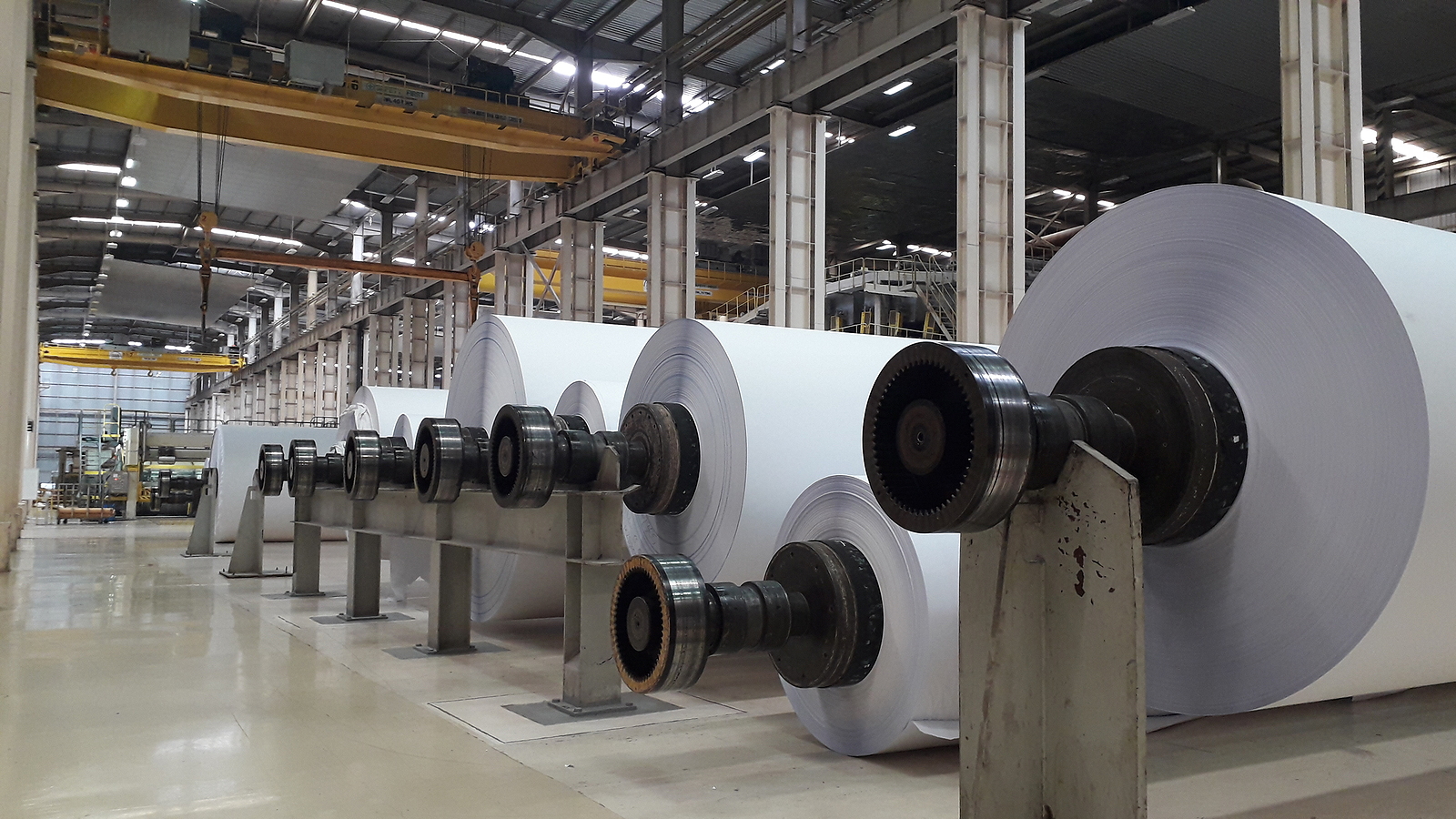PMG Employee Spotlight
Meet Our Creative Team
PMG supports American Manufacturing and we’re very proud of that. We care deeply about the people in this industry and those in the skilled trades. Our Creative Team tries their best to create and share content and stories that those people care about too!
This month, our PMG Employee Spotlight will turn things around to shine on the members of our Creative Team. We hope you all enjoy learning a bit more about the men and women behind the pen, who bring that content to you. You can check out what we’ve previously created on our blog page but, without further ado, here are the (short) stories of our storytellers!
Brenda L., Risk & Safety Manager, 4 months with PMG
What should we know about you?
I’m from central Minnesota and I graduated from St. Cloud State University with a Bachelor’s of Science degree in Community Health. I had several classes, during that time, on Occupational Safety and Compliance and I fell in love with the field. This year, my career is officially old enough to drink! So much has changed within manufacturing over the past 21 years and it has been wonderful to be a part of protecting the safety and health of workers in various capacities within the industry!
What else makes you interesting?
I was voted class clown of my graduating class in high school. I try to find a moment of laughter in each and every day. It’s good for the abs!
What is the best thing about being on the PMG Creative Team?
I love safety, so sharing stories that highlight the protection of people is my passion! Safety in the workplace, safety at home, and safety on the road!
Brent R., Senior Technical Solutions Coordinator,
3 years with PMG
What should we know about you?
Like most people on the team, I’m born and raised in Minnesota. Originally from Marshall, my father still farms the same land where my great-great grandpa “broke the prairie” when he came over from Norway. I graduated from Concordia College, in Moorhead, in 2013 and spent the next few years traveling abroad. I’ve been working with PMG, on and off, for the past seven years and was lucky enough to be brought on full time in May 2018. I enjoy learning about the wide range of skillsets and positions within manufacturing and being part of a company that has a finger on the pulse of manufacturing in America!
What else makes you interesting?
I’m in contention for the funniest person that I know; my dream is to live in a converted sprinter van or start a hostel in a tropical country (or a mixture of both). Like Josh, I’m a licensed officiant and get a lot of joy in performing the marriage ceremony for friends and family; and my dog, Ziggy (half coonhound, half border collie), is the most interesting thing about me.
What is the best thing about being on the PMG Creative Team?
I enjoy being able to step outside of my typical day-to-day job duties and work with members from other teams within PMG that I don’t normally get to interact with. It’s a chance to step back and look at the bigger picture of PMG, manufacturing and how we can further develop our relationships with our technicians and clients while being a cheerleader for the skilled trades.
Dave R., Senior Technical Solutions Coordinator,
5.5 years with PMG
What should we know about you?
I originally went to college to be an engineer, but switched to teaching social studies. After doing that for seven years, I changed careers and went into recruiting. I’ve not regretted the change for a day! My main role here is to recruit/find skilled contractors, clarify and hone in on their skillsets, complete interviews/reference checks, and get them placed into positions on PMG projects across the country. A lot of my work is juggling arrival dates with locations and positions. I’m also responsible for assisting in logistics, technical calls with new clients, and assorted other duties as they arise.
What else makes you interesting?
While you might not guess it by looking at me, I’m a huge lover of travel. My wife and I have spent many of our vacations abroad, and even spent our honeymoon in India (yeah, not everyone’s first OR 10th choice). I love to try food from all over the world as you never know what might be delicious! I have eaten guinea pig in Peru, camel in Egypt, snake in India, and I enjoyed all three. In the words of Andrew Zimmern, ‘If it looks good, eat it!’
What is the best thing about being on the PMG Creative Team?
I think it’s without question the ability to see other people’s perspective/ideas and how yours can work with that. The old ‘more than one way to skin a cat’ is a real thing, and collaborating and hearing other people’s ideas/remedies is amazing to me. I’m introduced to different ideas and perspectives in most meetings and leave each learning something new and valuable.
Elizabeth B., Human Resources Manager,
2.5 years with PMG
What should we know about you?
Minnesota is home! I grew-up in southwestern Minnesota and have moved around a bit since. My family and I landed in the Twin Cities, almost exactly 10 years ago, and we haven’t looked back since! I graduated from Millikin University in Decatur, Illinois with a Bachelor’s in Management & Organizational Leadership. As the HR Manager, I get to take care of all the day-to-day responsibilities of an HR department as well as making sure we’re legally compliant with state laws and regulations, event planning, and lots of other behind-the-scenes pieces I’m hopeful people don’t see, because if they do, that usually means there’s a problem! ?
What else makes you interesting?
I love to sing but only in front of my children! Songs of choice when I’m singing to them: ‘If We Hold On Together’ from The Land Before Time, ‘Somewhere Out There’ from An American Tail, ‘Homeward Bound’ by Simon & Garfunkel, almost any Disney song, and Christmas music (even in April)!
What is the best thing about being on the PMG Creative Team?
It makes me nervous every month as we come together to determine what the next month will look like, because I really don’t consider myself that creative in my writing. With that said, my favorite thing is the challenge to step outside of my comfort zone. It feels really good to do something a little bit out of my typical realm.
Josh E., ReTool Public Relations & Engagement Specialist, 4 years with PMG
What should we know about you?
I’m a true son of the North. Born and bred in Minnesota, I’ve been to 47 countries and 48 states yet I keep coming home and love it more every time. I was raised on a farm and grew up in the skilled trades. Agriculture, Construction, Manufacturing – I’ve seen all those industries from almost every angle you can possibly imagine! Yet, somehow, I still went to school for Political Science and International Business at Augsburg College and MSU-Mankato. I’ve spent close to a quarter century using my hands, back, and/or mind to earn other peoples’ money and that career path finally led me to PMG early in 2017. We started PMG ReTool shortly thereafter and, now, I can’t even imagine working somewhere other than here ever again.
What else makes you interesting?
I love anything that gets me outside. Hunting, fishing, camping, farming, photography are all passions of mine. I own more than 1000 books, including every textbook I’ve ever purchased. I got ordained in 2015 because my best friends were getting married and didn’t have an officiant for their ceremony. I’ve been the celebrant at the weddings of more than 30 other couples since then! I love ugly Christmas sweaters and my collection has grown to the point where I can wear a different one for every “business” day in December. Someday, I hope to have enough to cover the weekends too!
What is the best thing about being on the PMG Creative Team?
Everything I’ve ever earned in life came to me because of something, normally information/wisdom based, that someone else freely gave to me first. My career and I are both true products of mentorship, continuous improvement mentality, and tribal knowledge exchange. This reality has made me an even bigger proponent of technical careers than most other tradespeople and I’m a huge believer in the value of ACTION-ism over activism. Being on the Creative Team here gives me a productive platform, and direction, in which to aim those actions for the benefit of others. I LOVE that part of the job. I’m proud of all the things we do and I can’t wait to see what awesome thing(s) all of us can bring to all of you next!
Kim M., Technical Manager & Coach, 10 years with PMG
What should we know about you?
I was born, raised, and continue to reside in Minnesota and am an alumnus of the U of M – Twin Cities (go Gophers!). I graduated with a Bachelor of Science in Business & Marketing Education. My career really took off when I started working with PMG in November 2010. Prior to that, I worked as a Business Coordinator in a variety of salons.
What else makes you interesting?
I have been promoted four times over my 10-year career with PMG. I’ve been skydiving, ziplining, and hot air ballooning. I’ve also recently adopted a 2-year old dog into my family, a responsibility I swore I would never take on!
What is the best thing about being on the PMG Creative Team?
Even though I’m a very analytical person, which is a major plus in my role at PMG, I’ve also always loved reading and writing. Reading, for me, is easy to squeeze into my personal life but the writing part gets difficult. Having the opportunity to write as an employee at PMG helps fulfill that desire, which is amazing. Additionally, it’s fantastic to be a part of a team, working together, to educate and entertain so many people from very diverse industries and backgrounds!
MacKenzie C., Senior Corporate Recruiter,
3 years with PMG
What should we know about you?
I grew up in Stillwater, Minnesota and attended Minnesota State University Mankato. I majored in Mass Media and Marketing. I wear a couple of hats at PMG. I oversee all internal hiring for PMG corporate positions. I write the job description, conduct the interviews, facilitate the hiring manager’s interview with the candidate and help make a final decision on who to make an offer to. Once an offer has been made, I also assist HR with the onboarding of that person to PMG. My other role at PMG is to lead recruiting efforts for our engineering line of business. I partner with our Sales Team and our Technical Manager, Kim, to provide highly skilled engineers to our Manufacturing clients. I run the full sales cycle of recruitment with our engineering placements.
What else makes you interesting?
My grandfather was a POW (prisoner of war) in WWII and a survivor of the Bataan Death March. When I was a kid, I was really interested in WWII and specifically his experiences and memories of that time. I started writing essays and submitting them to contests and ended up winning first place three years in a row, which for a middle schooler was pretty cool!
What is the best thing about being on the PMG Creative Team?
I love the ability to bounce ideas off of each other. We have come up with some really cool things over the years and I’m excited to see what comes next.
Mike F., Director of Client Solutions, 5 months with PMG
What should we know about you?
My background is in sales, operations, account management and service. I began my sales career as an individual contributor and progressed into leadership roles in the industries of corporate travel, animal health, logistics and manufacturing. I am passionate about all things sales and supporting the development of achievers who help customers find solutions and build long-term business relationships! Every day at PMG, I am amazed at the incredible work my teams do in their focus to help manufacturing companies overcome challenges.
What else makes you interesting?
I grew up on a ranch in northwest Missouri and moved to Houston, TX from Kansas City, MO in 2017 – trading snow for heat and tornados for hurricanes! Outside of work, I have three children and enjoy watching professional sports, movies and grilling up a tasty steak.
What is the best thing about being on the PMG Creative Team?
I really enjoy working for growing companies and believe innovation is fueled by the sharing of free-flowing creative ideas. The diversity of knowledge and experience at PMG, and on the creative team, is excellent!
Stacey J., ReTool Manager and Market & Innovation,
4.5 years with PMG
What should we know about you?
I was born and raised in good ol’ Minnesota and still reside there today. I graduated from the University of Nebraska-Lincoln with a Bachelor of Arts in Political Science and Economics before working abroad for almost five years as an International Consultant. Returning to the U.S. in 2015, I completed my MBA from the University of St. Thomas and now manage our ReTool Department and Creative Team at PMG.
What else makes you interesting?
I’m a mom of four, three of which have paws – needless to say, I stay busy! I enjoy being outdoors, playing sports and board games, watching movies, reading and seeing new places. I’m also a wine and craft beer enthusiast.
What is the best thing about being on the PMG Creative Team?
The best part about being on the PMG Creative Team is being able to work with others at PMG that I typically don’t work with in my day-to-day tasks.













